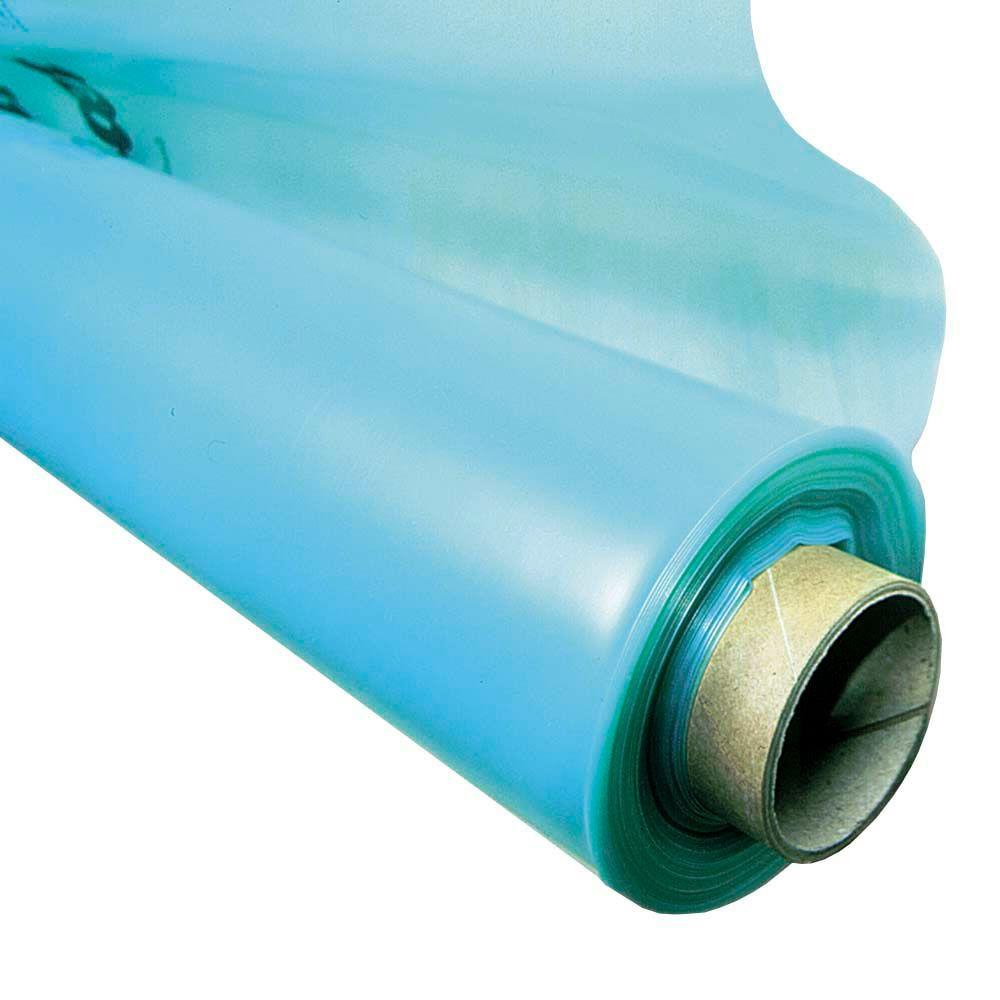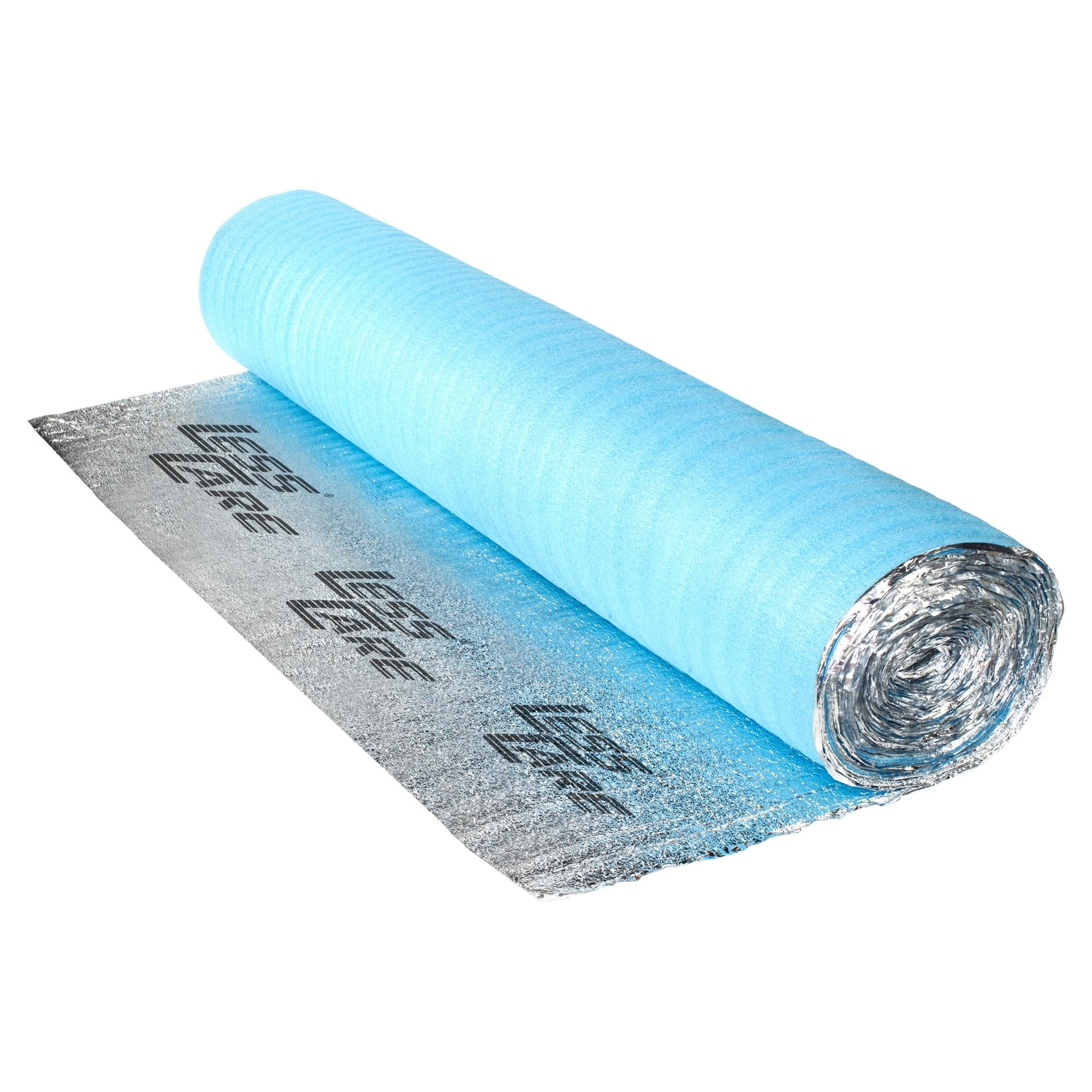

- Vapor barrier underlayment how to#
- Vapor barrier underlayment install#
- Vapor barrier underlayment free#
See also What Can I Do with Pine Logs? Foam with PlasticĪnother type of vapor barrier is a foam that has plastic attached to it. Because it is waterproof, it is often used as a vapor barrier to prevent moisture from damaging the subfloor. You can use it for a variety of different projects and purposes. Although this is its primary purpose, it is very versatile. Painter’s plastic is a high-density polyethylene film used primarily by painters when painting home interiors or other interiors of buildings. VisQueen is also used as a vapor barrier between the ground and the home’s subfloor.

It is used for various reasons, including as a drop cloth when painting, in crawl spaces, and between walls. Today it is produced by British Polythene Industries Limited. VisQueen is a low-density polyethylene film that was introduced in the 1950s by Visking Corporation. Here are some common types of vapor barriers on the market.

Vapor barriers can also help keep sound out. This is a plastic sheeting made from petroleum that keeps moisture out when it is used for construction. The most common will be a polyethylene film. There are many types of vapor barriers that you can use. Having the right choice of vapor barrier will minimize this problem by keeping the moisture out. If you have hardwood, not only will it cause mold and mildew, but it will also start to warp or cup the hardwood. If you have carpet, it can cause mold and mildew to grow through it. If there is no barrier, once the plywood subfloor starts to develop moisture, the moisture can create mold, which can destroy your flooring. Placing a sheet of plastic between the subfloor and the flooring will keep your flooring from getting damaged. It is also helpful between concrete and flooring because, believe it or not, concrete does create moisture. It can also be used on the second floor, especially in a room above a kitchen or bathroom where constant moisture content changes.
Vapor barrier underlayment how to#
See also How to Keep Carpet Edges from Fraying This could include installing a vapor barrier. Whether you’re using a pinned meter or a meter without a pin, if your readings reveal that the plywood is not within an acceptable range, you should do everything you can to reduce the plywood’s moisture before installing your flooring. To check for moisture within your plywood, you will need a tool called a moisture meter. Even when installing a moisture barrier, you should still do all that you can to ensure that your plywood is dried within an acceptable range of five to seven percent. It would help if you kept in mind that a moisture barrier is not a substitute. Should you use a vapor barrier? The answer is yes, especially if a manufacturer requires it to keep your warranty intact. It will ultimately depend on the moisture levels present in your home, whether you should use one or not. There are many arguments for or against the use of them. To use a vapor barrier or not is indeed a profound question. The flooring and underlayment should be installed in sections.Pinterest Facebook Messenger Twitter Reddit Step 7: Continue the Flooring InstallationĬontinue installing the flooring, following the previous steps. Using any industrial tape, adhere the seams together to create a flat, even surface. Butt the edges together, creating a nice seam, but not overlapping. When you reach 1 foot away from the underlayment, stop the installation and roll out a second row of underlayment.īegin unrolling or pre-cutting (Step 2) the underlayment and place the foam side over top of the the film overlap from the previous row.
Vapor barrier underlayment install#
Depending on the flooring width, you will be able to install a few rows. Lay the underlayment out in the first row following this direction.įollow the manufacturer’s directions and begin your first row of flooring. This overlap should be positioned towards the open room and the foam will face the wall. This specific underlayment comes with an overlap of film. Due to the size of the roll, you will not be able to roll it to the wall and get an accurate measurement. Measure the length of the room and cut a piece accordingly. Get specific instructions for preparing wood and concrete subfloors.īegin by placing the roll on the ground with the film side down, facing the subfloor.
Vapor barrier underlayment free#
Have you leveled, repaired and cleaned your subfloor? The subfloor must be free of dirt and debris.


 0 kommentar(er)
0 kommentar(er)
